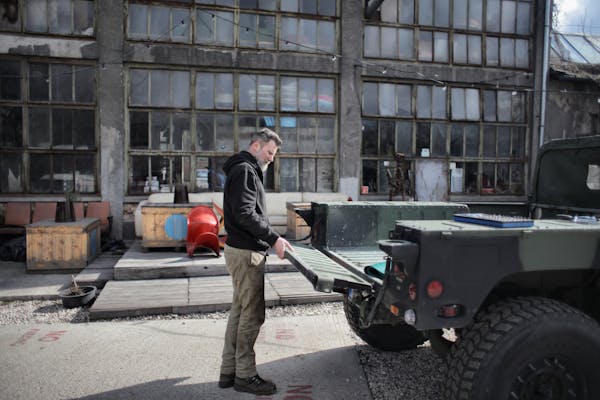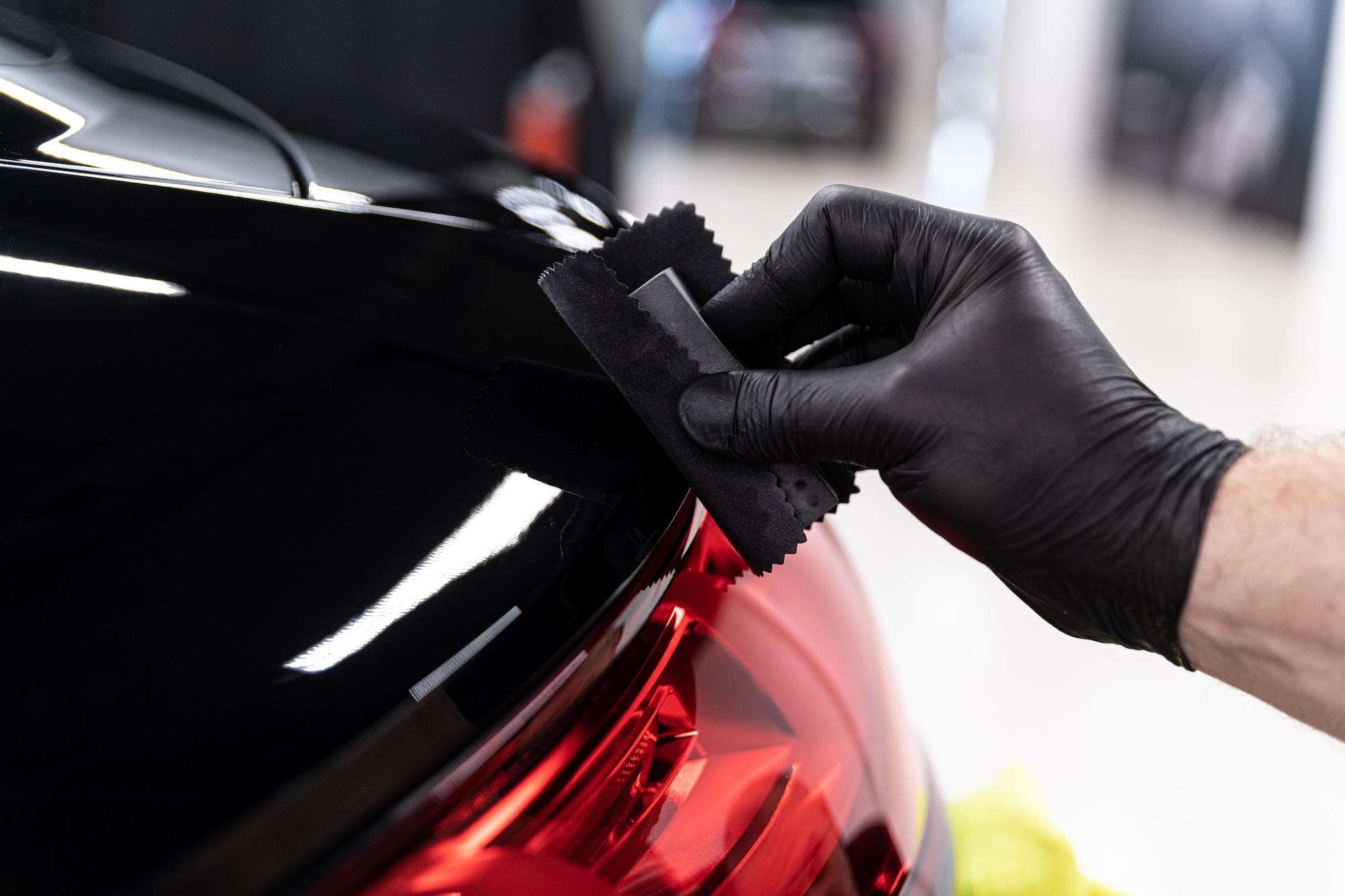1933 Auburn 8-101 Coupe
What sets this coupe off is its unusual top, a retractable roof panel – the only one known to have been installed. It was patented by an Ohio-based German-born mechanical engineer and inventor, Conrad Jobst, who also developed gradient compression garments for the medical industry. It is a one-off retractable hardtop conversion prototype and based on the Auburn eight-cylinder salon chassis. Jobst developed the idea for a hardtop convertible and acquired this 1933 model to be used for this idea.
The top is composed of three sections: a rolling center section, a hinged rear section and an arm above the door on each side of the car. The center section is built much like the door of a roll-top desk. Tugging a ratcheted handle above the driver’s head causes the top to move back inch by inch until it is completely hidden in the top well behind the seat. The hinged rear section is then swiveled backward into the well using the arm on each side to guide it. The arms are then unscrewed, removed, and hidden away in padded compartments at which time the driver is ready for open-top motoring.








